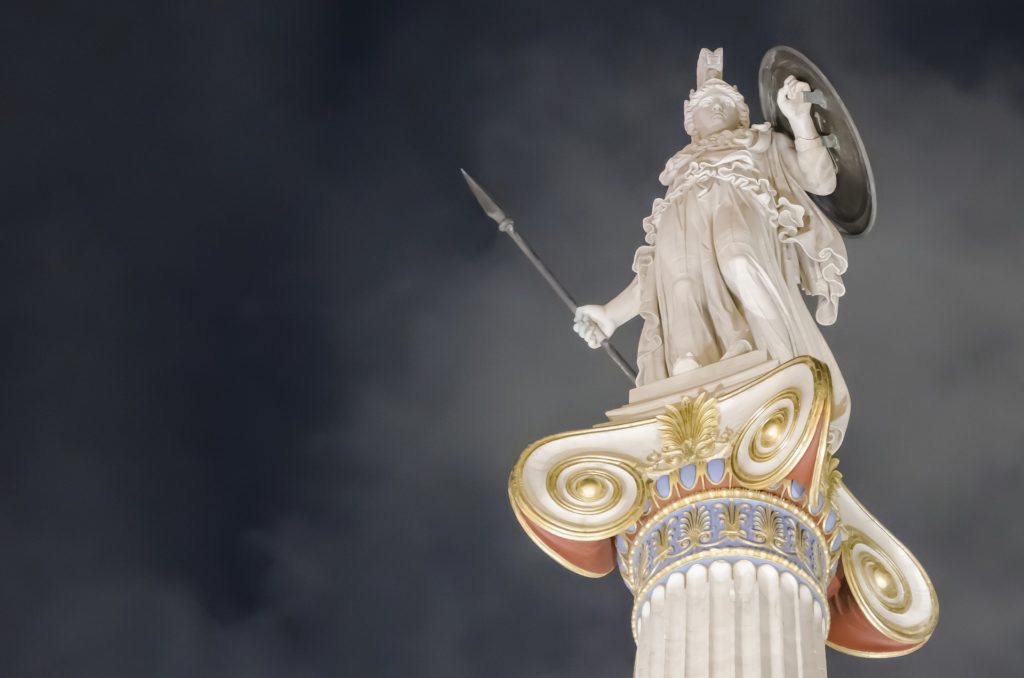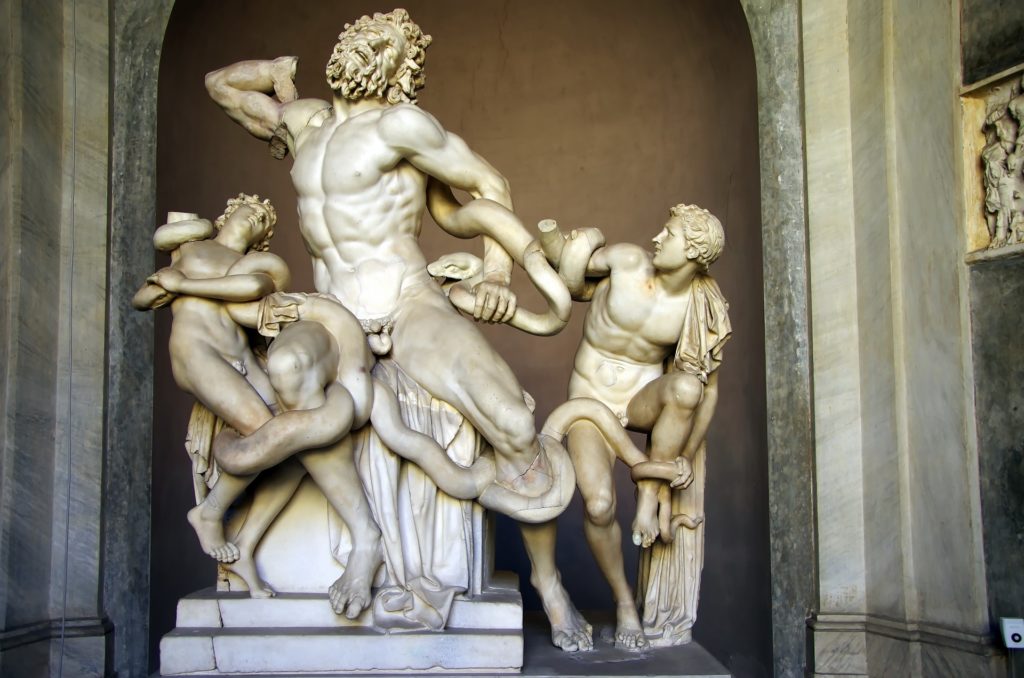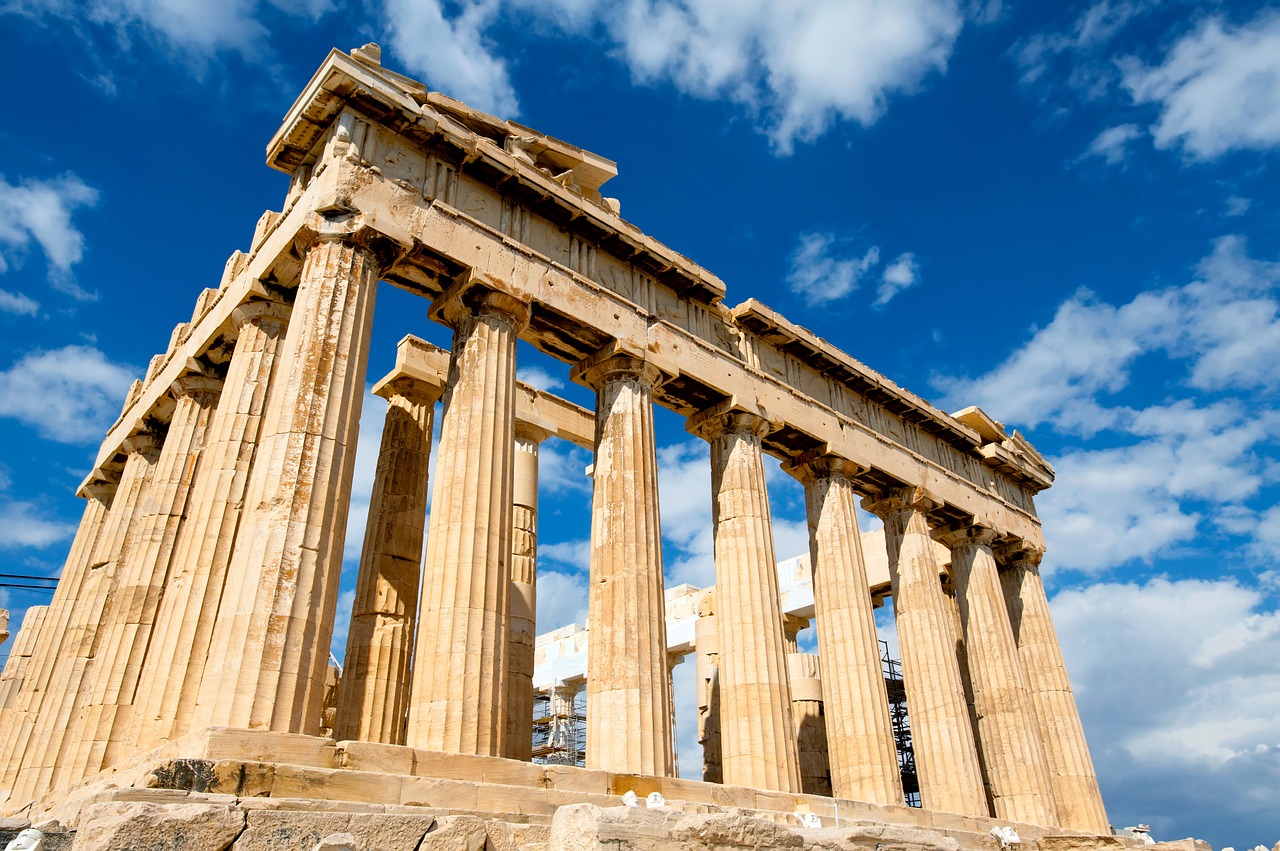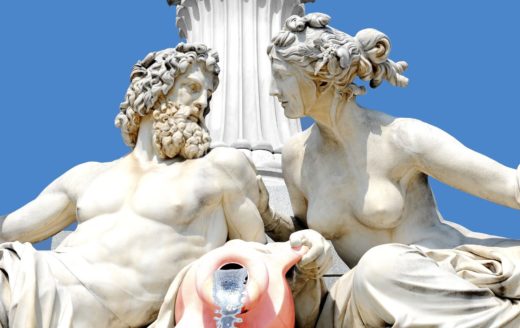Greek Statues: Their Legacy and Why Society Still Likes Them
Ancient Greek statues, and art as a whole, have been able to shape our world despite being created thousands of years ago. A lot of art lovers and just normal people view the Greek interpretation of art and architecture as what perfection should look like.
Classical art in the Greek world was influenced by many cultures that pre-dated the society, and we can see early statues called the “kouroi.” Kouroi were quite common at the time, and we have statues from this time dating back to 600 BC. These art pieces stand out because they seem to be influenced by ancient Egypt.
But by 350 BC, we started to see the Greeks capturing beauty. It is this time period in which most people are most familiar. You’ll find mythological art that depicts many of the gods and goddesses of the time.


Aphrodite at Cnidus
Praxiteles would go on to create the first nude statue of a female, and it was lost to time. The Romans, thankfully, started to make a copy of the statue, which we do have available. The piece is a tribute to Aphrodite, and it has been an inspiration to artists for over 2,000 years.
The statue is the model of female beauty, and it is this statue that many glean over.
A life-sized representation of beauty, the statue, or the copies that we have, was nothing short of a masterpiece. Not only was the statue beautiful, but it broke free from the male-dominated sculptures in the Greek world.
Appreciated from every angle, the statue includes a draped towel and Aphrodite covering her pubic area.
Artemision Bronze
Found in 1928 by a fisherman, this masterpiece dates back to 460 BCE. The subject of the piece remains a mystery. We know that it is not Zeus due to the lack of a thunderbolt, but it shows how detailed the Classical period was.
The sculpture shows the man in motion, and the anatomy of the man makes it stick out as one of the most prominent pieces in the ancient world.
Laocoon and His Sons


If there was one sculpture that was awe-inspiring, this is it. Found in the Vatican, it is a piece that was created on the island of Rhodes by three of Greek’s greatest sculptures. The marble sculpture depicts Lacoon, a Trojan priest with his two sons: Thymbraeus and Antiphantes.
The three are battling serpents, and it’s one of the finest pieces of Hellenistic baroque available.
We do not know if this piece was an original or a copy of an earlier piece.
Medusa art doesn’t become popular until the first century BC, unfortunately. Many of the sculptures at this time would have went to Rome or other areas to create their works.
But this is just the tip of the iceberg of what the Greeks created at the pinnacle of their society. The Greeks also created many other masterpieces, including:
- Venus de Milo
- Discobolus
- Peplos Kore
- Farnese Hercules
We have also seen many statues of Alexander the Great created by many sculptors throughout the ancient world. After all, it’s Alexander who inspired many men and rulers at the time. The conqueror still remains a legendary warrior king today, and is the inspiration of many books, movies and even generals.
Greek sculptures remain some of the world’s most beautiful sculptures. Filled with detail and life-like in nature, these statues helped form many of the Roman pieces from antiquity. They remain popular today because of the immense following and influence they have had throughout history.
Despite the popularity starting to wane in Western Europe, it continued in the East and the Byzantine followed the Roman style which was heavily influenced by the Greeks.







